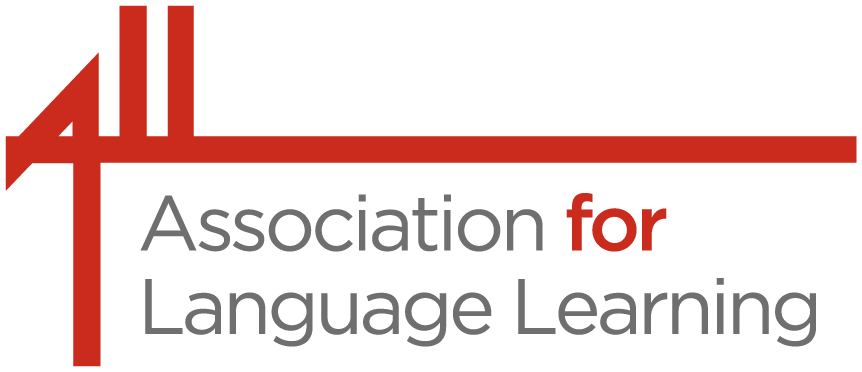Exams 2025: GCSE and A-level entries drop – and 5 other trends
Why have GCSE and A-level entries fallen if the student population has increased? Ellen Peirson-Hagger analyses the Ofqual entry data for this exam season.
This month Ofqual published its provisional entry data for this summer’s GCSE and A-level exams.
Although the final data will not be ready until later in the year, these figures give a good indication of 2025’s exam and subject trends for teachers and school leaders be aware of.
Ahead of results time, here are the key insights.
1. GCSE and A-level entries down – despite a bigger student population
The most striking stat in the data is that both GCSE and A-level entries have decreased compared with last year – despite population growth.
For GCSEs, entries from Year 11 students are down 1.6 per cent (from 5,296,815 in 2024 to 5,212,910 in 2025), despite a 0.2 per cent increase in the number of 16-year-olds in England, according to Office for National Statistics (ONS) estimates.
Meanwhile, at A level entries are down 0.4 per cent year-on-year (from 825,355 to 821,875) while the number of 18-year-olds is up 3.8 per cent, according to ONS estimates.
This GCSE trend can partly be explained by Department for Education data showing that Year 11 numbers are down 0.7 per cent on 2024, from 634,835 to 630,354.
This could account for some, but not all, of the drop in entries this year. But it begs the question: why have Year 11 numbers decreased if the 16-year-old population has increased?
Meanwhile, the DfE data does not explain the A-level drop at all because it shows that Year 13 numbers have, in fact, increased, from 213,198 in 2024 to 213,777 this year – or by 0.3 per cent.
So what’s going on?
Some see plausible explanations for these drops in entries, including Tom Middlehurst, deputy director of policy at the Association of School and College Leaders.
One contributing factor could be that fewer students are taking triple science and instead doing combined science, Middlehurst says. “Physics, chemistry and biology count for three GCSEs, whereas if you do combined science, which is worth two GCSEs, it’s only reported as one entry rather than three.” As such, “you’re reducing [the number of entries] by a third”, Middlehurst explains.
The impact of this is particularly being felt this year because “the [teacher] recruitment and retention crisis has a long tail”, Middlehurst adds. “We’ve not met our target on physics teachers for years, so if you are a school that historically would have entered kids for triple science, but you haven’t had a physics specialist for a long time, maybe you’d do combined science instead.”
Meanwhile, David Lach, headteacher of Rosebery School (part of the GLF Schools multi-academy trust), says he suspects the fall in entries could be because “the number of students resitting GCSEs was artificially high, post-pandemic, and that is now dropping back”.
Regarding the lower A-level entries, Lach adds that he has “seen a greater appetite for post-16 vocational options…with more students open to doing a mixture of A levels and vocational subjects” – such as T levels and Btecs.
Middlehurst also points to the popularity of vocational qualifications as being a reason why students may opt for fewer A levels, adding that this trend “highlights why we really, really need to keep applied qualifications” amid some turmoil about their future in recent years.
2. Sciences losing their allure
3. Languages still in the doldrums
4. English still declining
5. History and geography down at A level
You can read the article, first published in the TES on 26th June, in full here.
